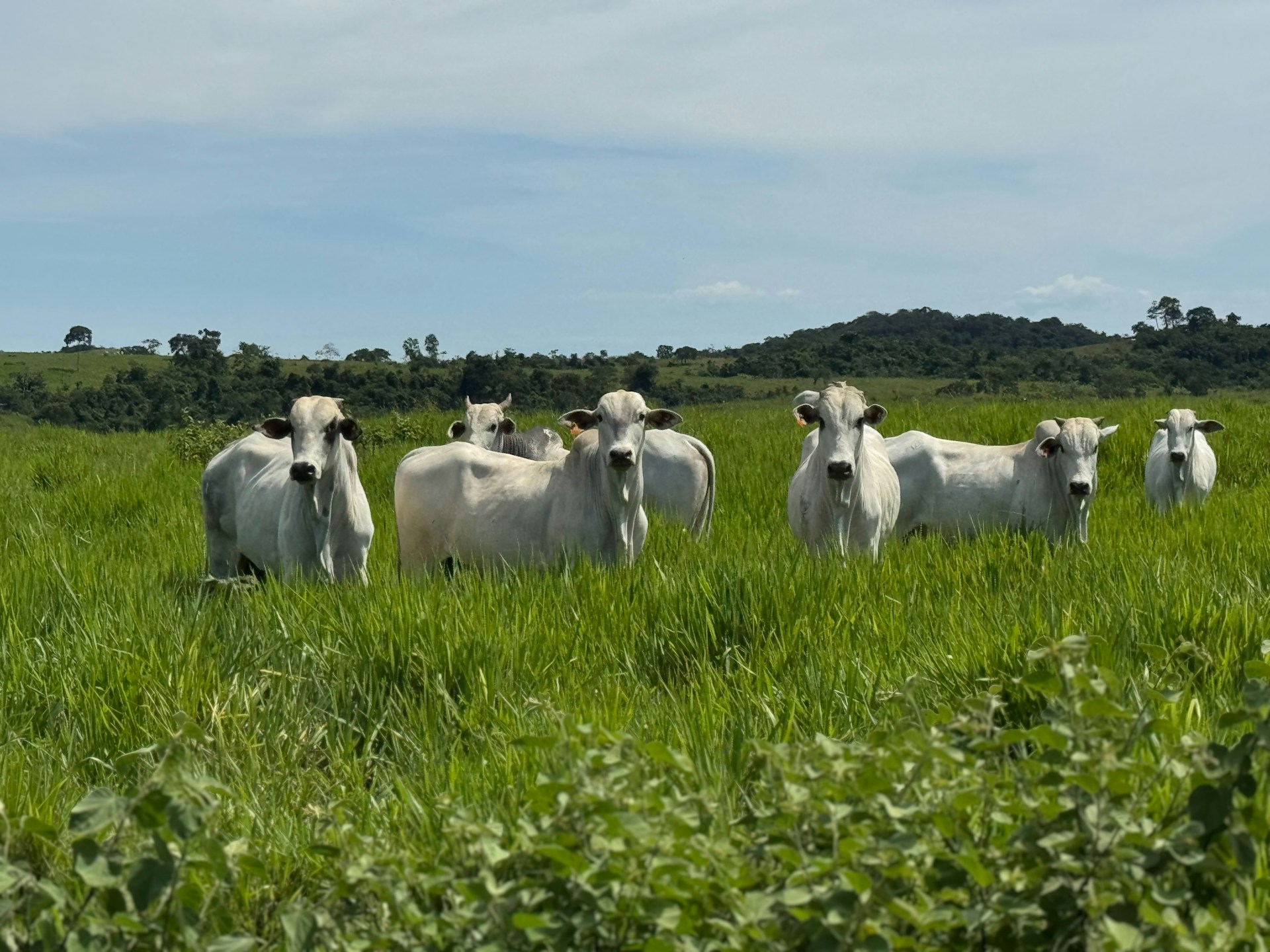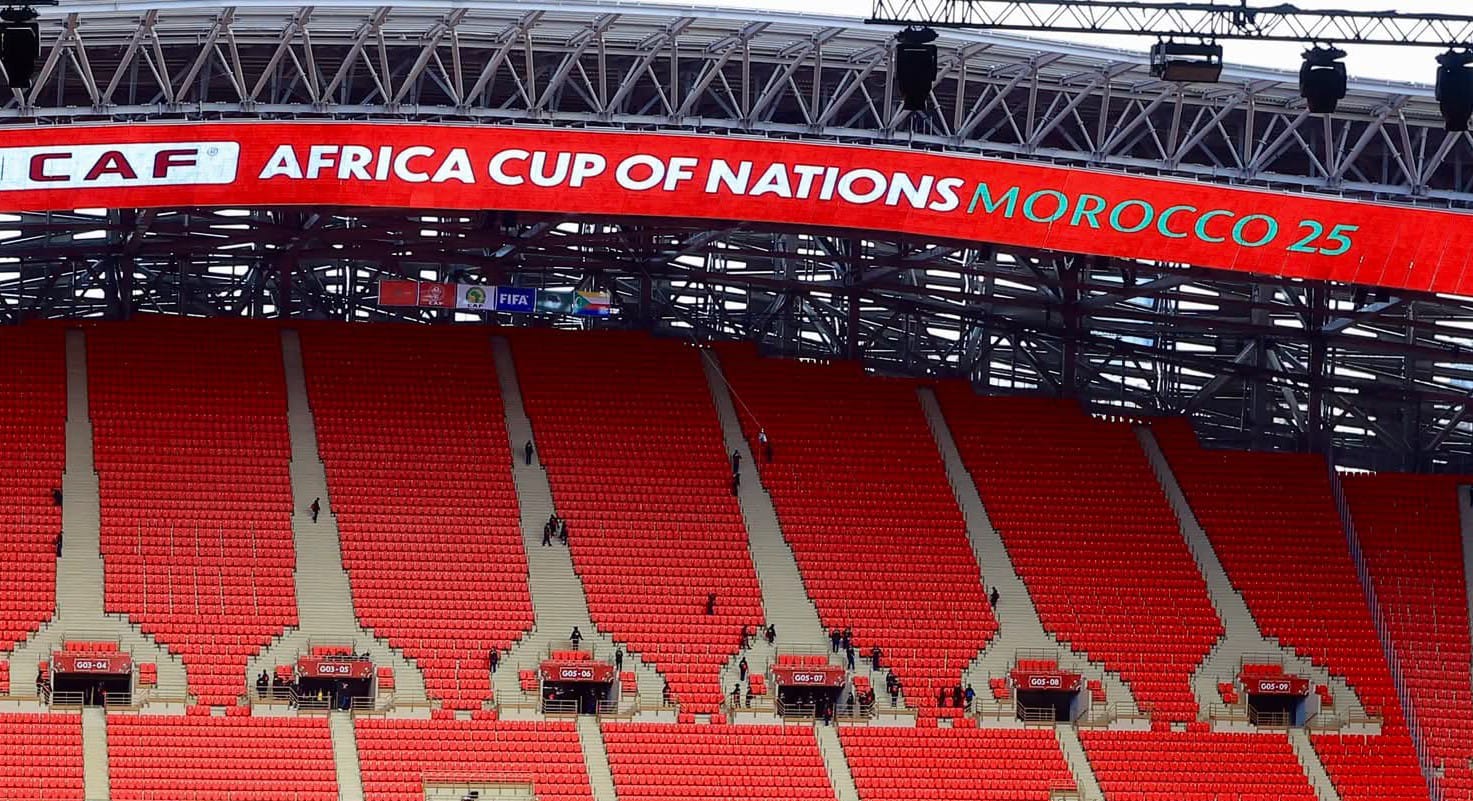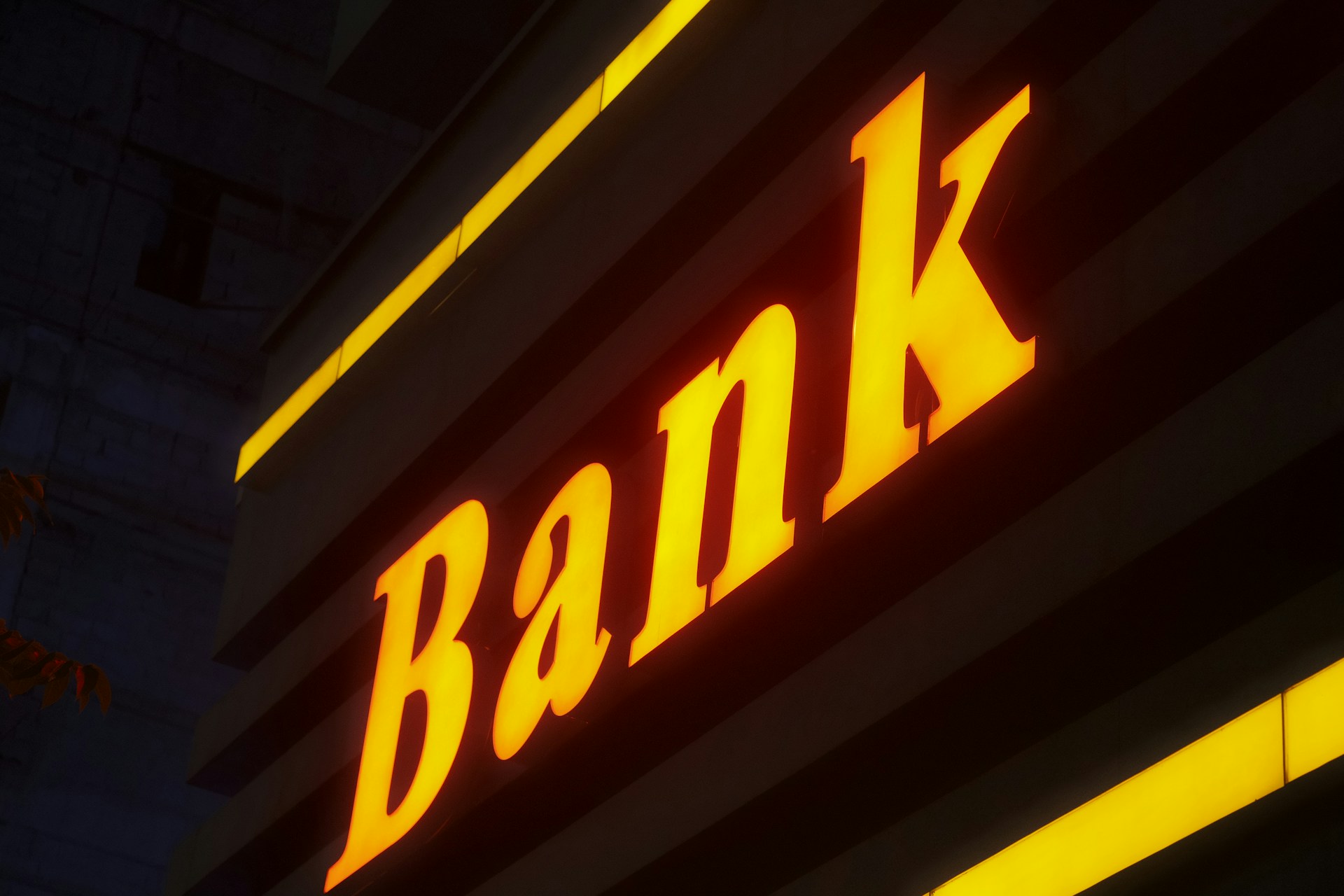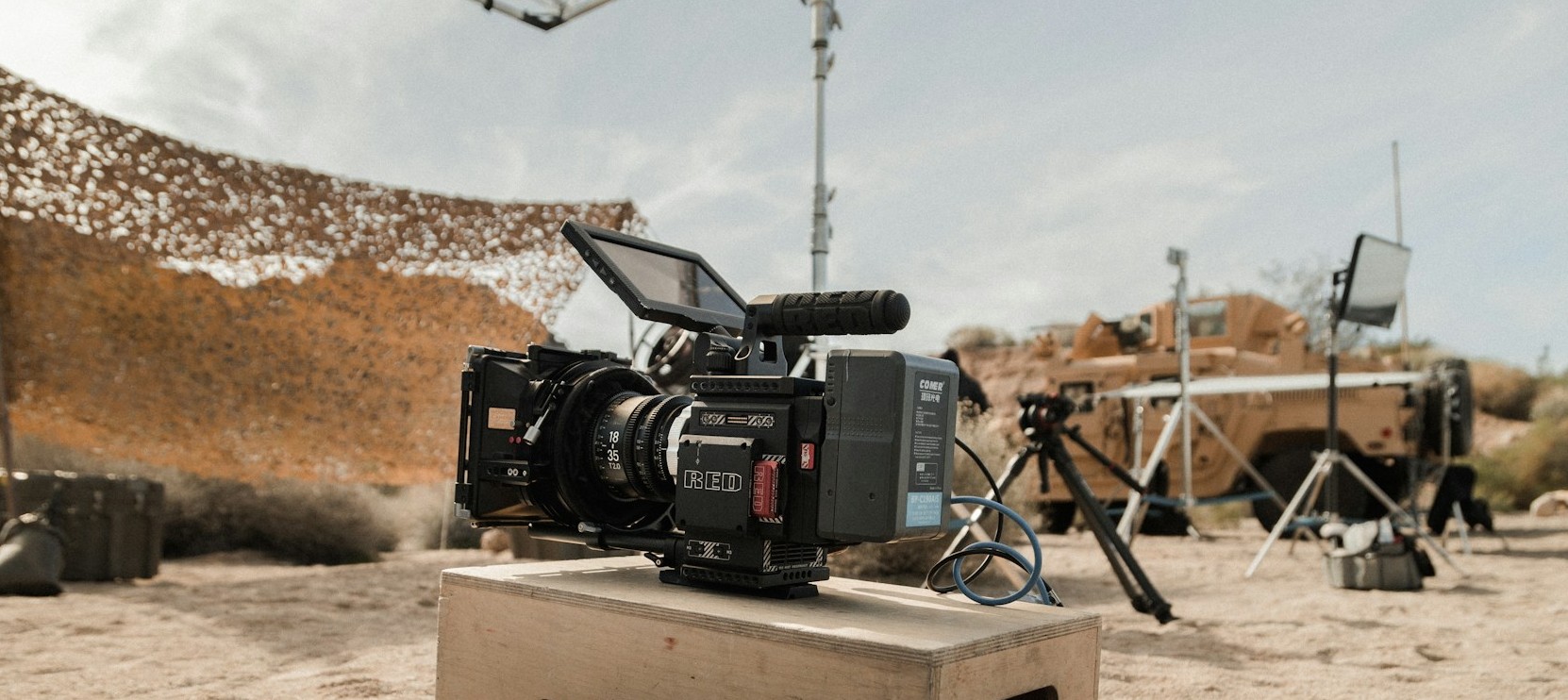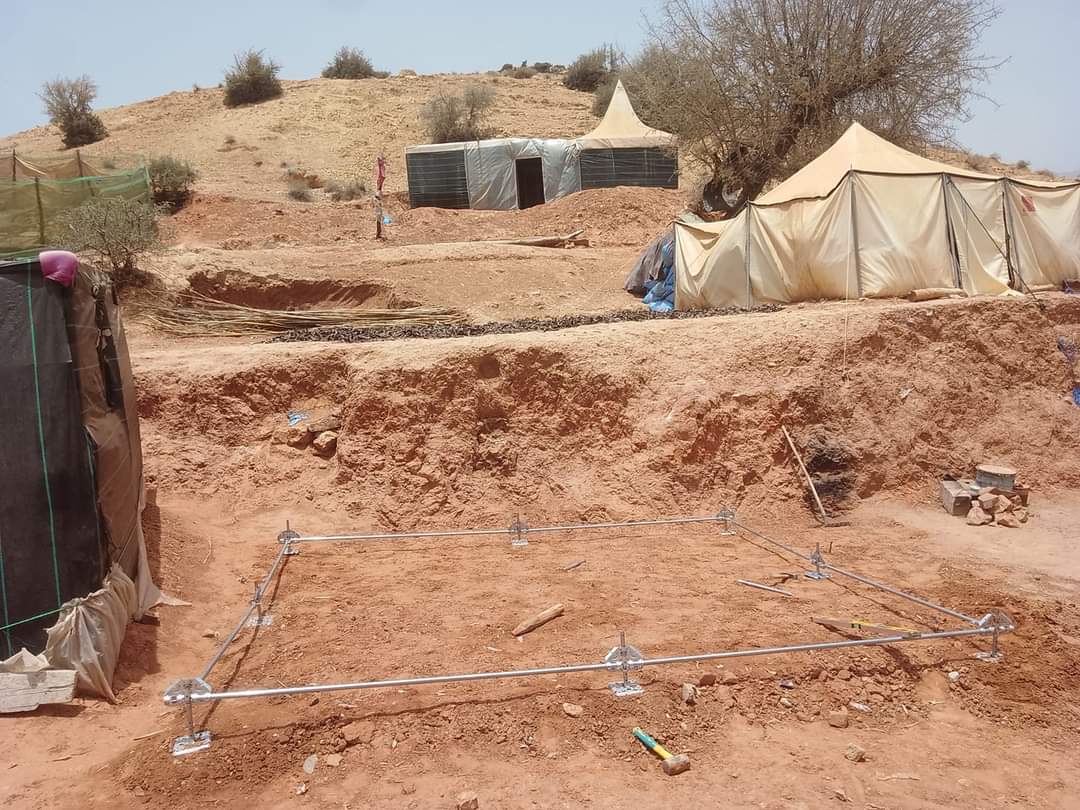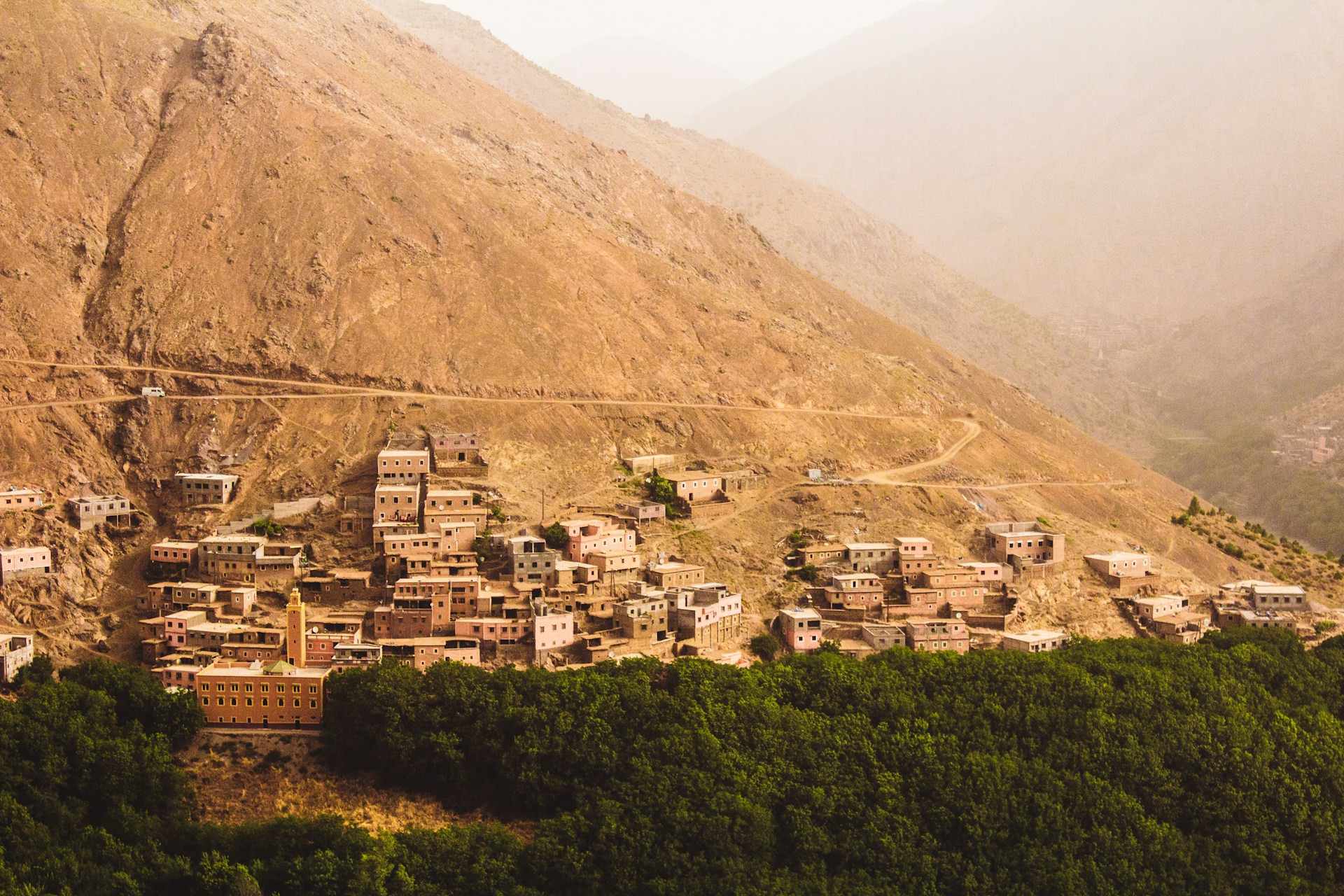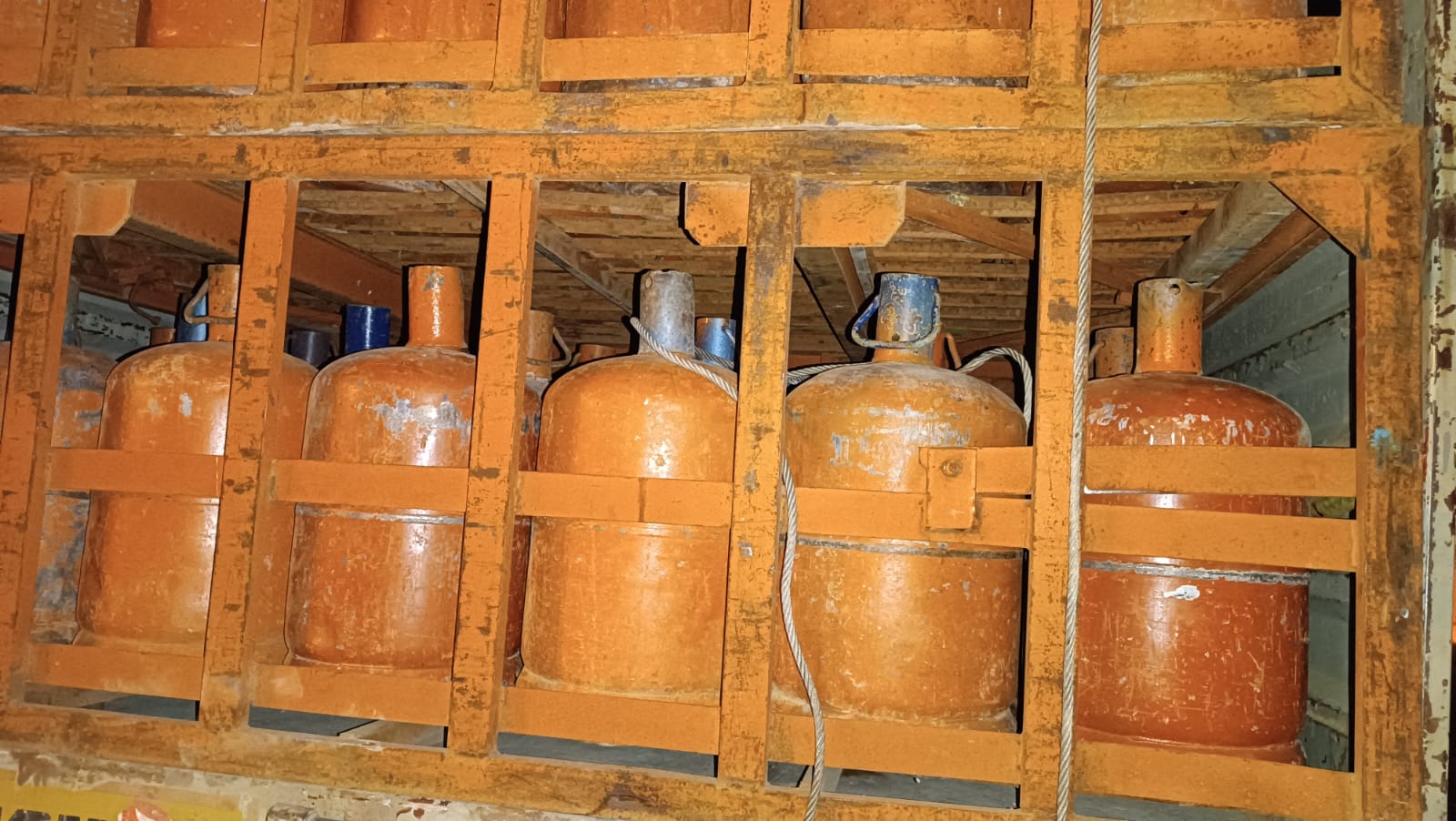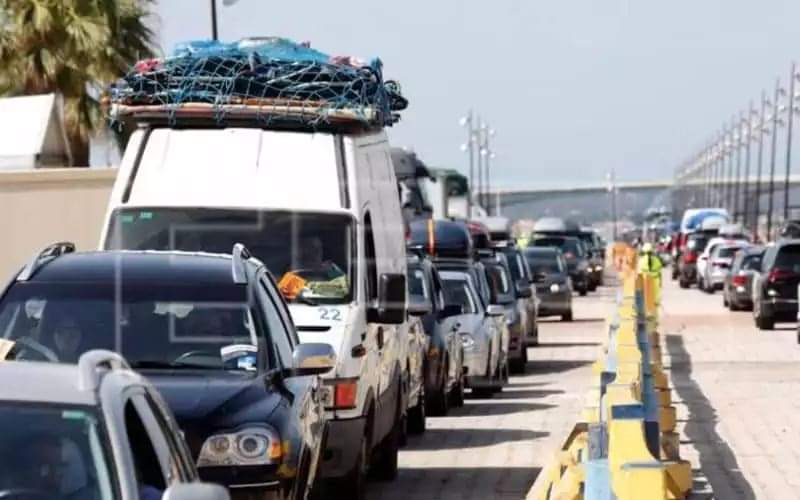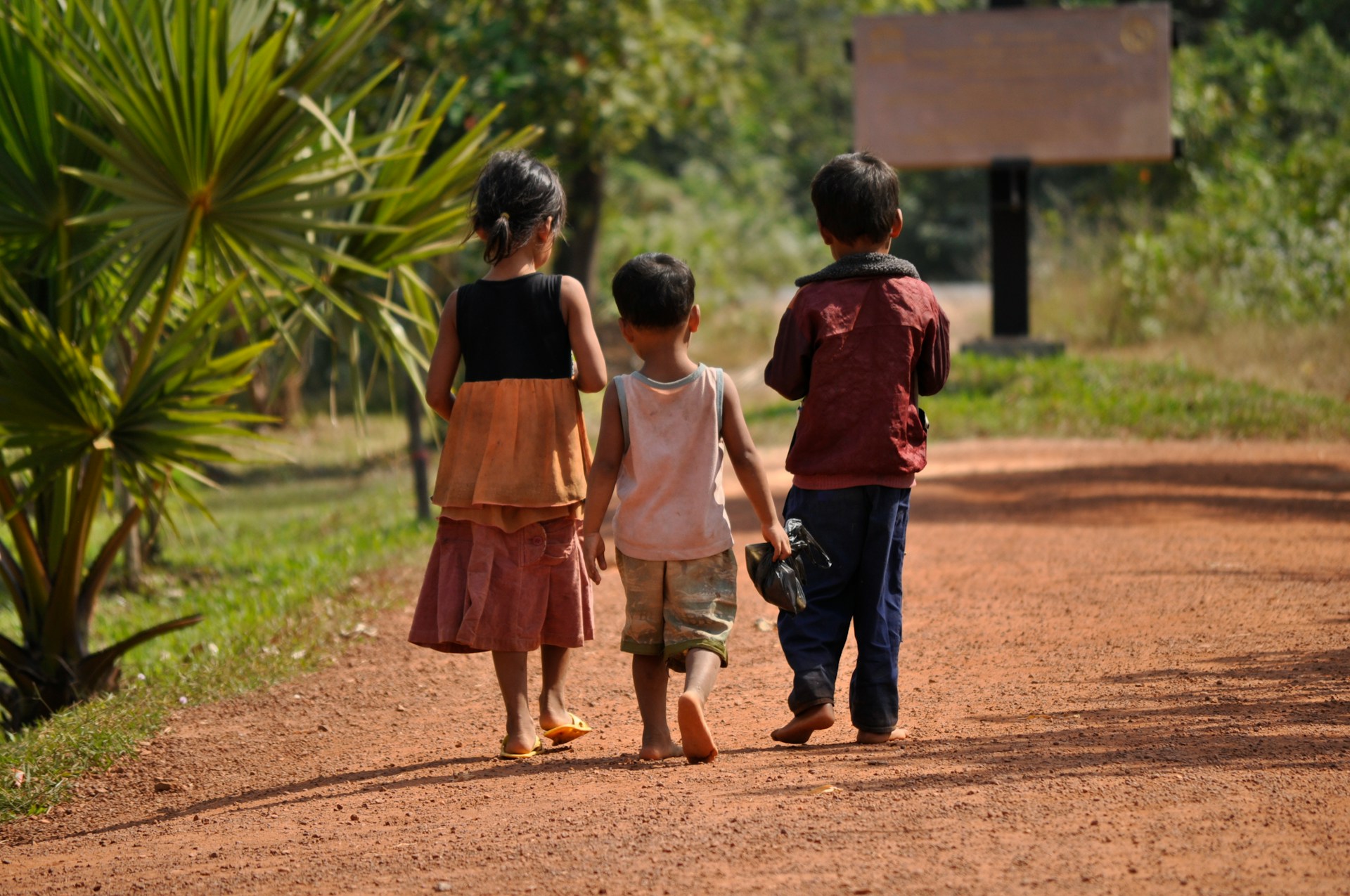Casablanca – As the first anniversary of the catastrophic earthquake that struck the Al Haouz region has passed, the reconstruction efforts in the affected areas are a focal point of both hope and criticism. The earthquake, which struck on September 8, 2023, resulted in the tragic loss of around 3,000 lives and inflicted damage on approximately 60,000 buildings. The 7.0 magnitude quake remains the most severe in Morocco’s recorded history.
In the aftermath of the disaster, the Moroccan government announced an ambitious reconstruction program with a budget of approximately $11.7 billion, spanning five years. This initiative includes around $740 million allocated specifically for rebuilding homes that were completely or partially destroyed. Despite these significant financial resources, progress has been slower than anticipated.
As of now, authorities have completed the construction of roughly 1,000 homes out of an estimated 55,000 still under construction. This leaves many residents, who have been living in temporary shelters amid harsh weather conditions, anxiously awaiting permanent housing solutions. The reconstruction process has been marred by bureaucratic delays and logistical challenges.
According to recent data, approximately 55,142 building permits have been issued, and construction or rehabilitation is underway for around 49,632 homes. However, only 939 families have received the final installment of support, while about 58,000 have received the initial tranche of financial aid. The support, which ranges between $8,000 and $14,000 per family, is disbursed in four installments based on the extent of damage and the completion of necessary building permits and designs.
In addition to the Moroccan government’s efforts, the European Union has launched a call for proposals with a budget of approximately $6.1 million under the program “European Support for the Integrated Reconstruction and General Upgrading Program for Disaster-Stricken Areas (2024-2028).” This initiative aims to support the reconstruction of areas affected by the Al Haouz earthquake by promoting the use of local materials and traditional construction methods, as well as enhancing community involvement in the rebuilding process. The EU’s focus includes safeguarding and valorizing local heritage and adopting a participatory approach to ensure a more resilient and inclusive recovery.
The EU’s call for proposals is divided into two main lots. The first lot emphasizes the preservation and enhancement of vernacular architecture, using traditional building techniques and local materials. The second lot focuses on fostering a participatory and community-driven approach to reconstruction, promoting principles such as “build back better, build back greener,” and incorporating nature-based solutions.
The reconstruction efforts are progressing amid ongoing challenges. Activists have expressed concerns about the slow pace of rebuilding and the bureaucratic obstacles faced by affected families. Many are still living in temporary shelters while waiting for permanent housing solutions.
As Morocco marks one year since the devastating quake, the reconstruction of Al Haouz continues to be a work in progress. While significant efforts and resources have been invested, the road to recovery remains challenging. The combined efforts of the Moroccan government and international support, such as the EU’s financial contributions, will be crucial in shaping the future of the region and ensuring that the needs of the affected communities are met.
